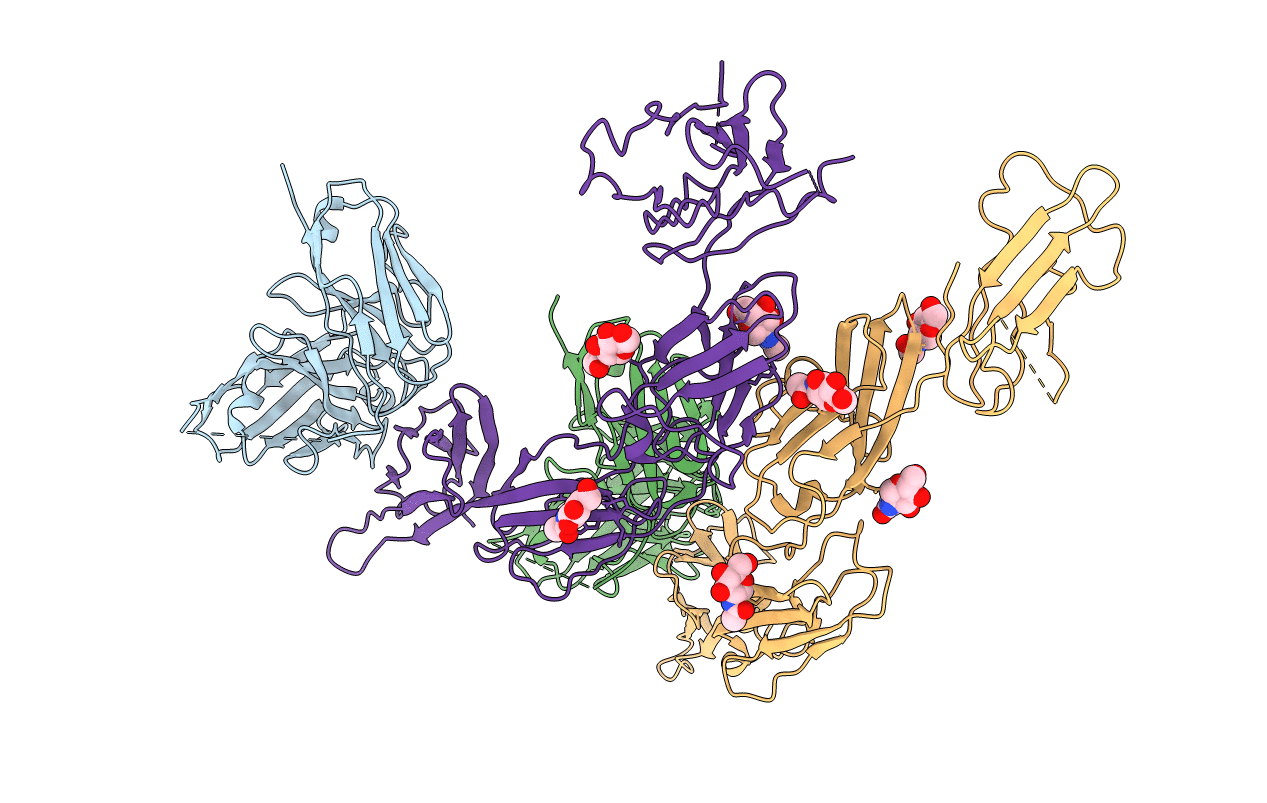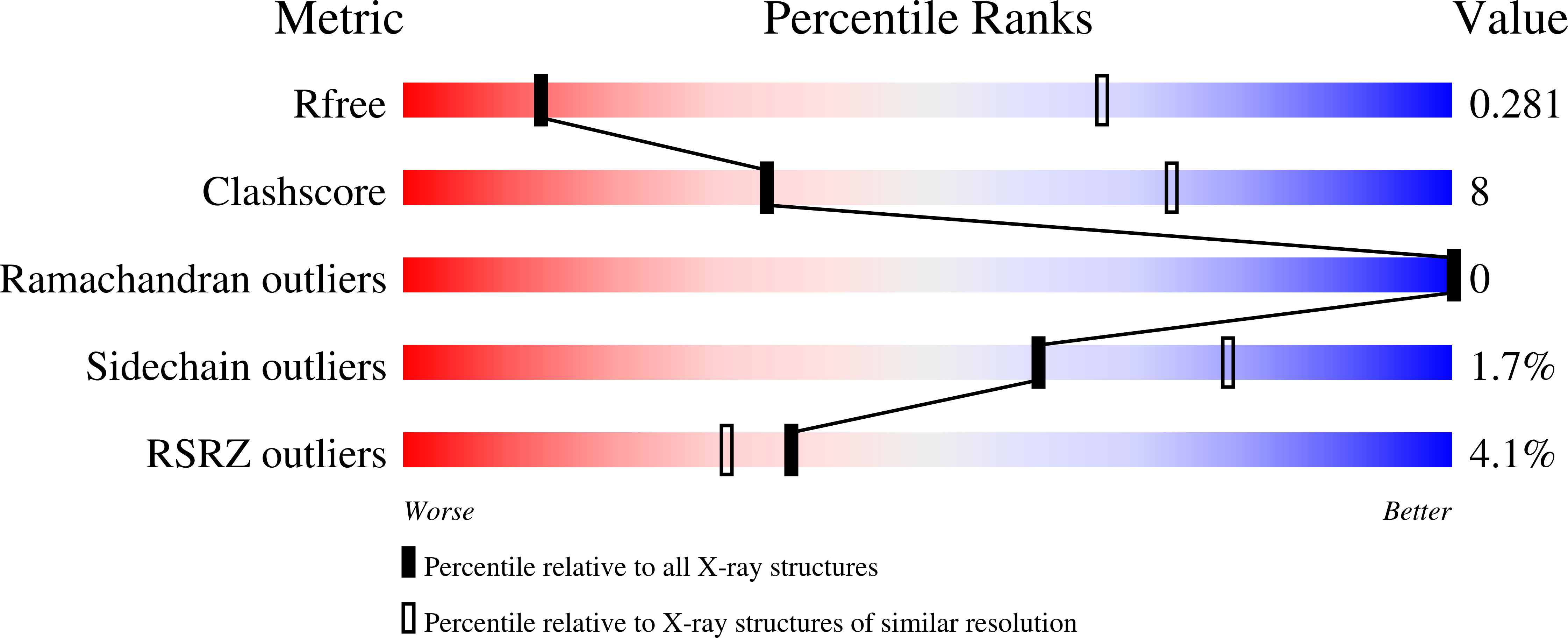
Deposition Date
2022-02-15
Release Date
2022-05-11
Last Version Date
2024-10-23
Entry Detail
PDB ID:
7TZG
Keywords:
Title:
Structure of human LAG3 in complex with antibody single-chain variable fragment
Biological Source:
Source Organism:
Homo sapiens (Taxon ID: 9606)
Host Organism:
Method Details:
Experimental Method:
Resolution:
3.71 Å
R-Value Free:
0.27
R-Value Work:
0.22
R-Value Observed:
0.22
Space Group:
P 21 21 21


